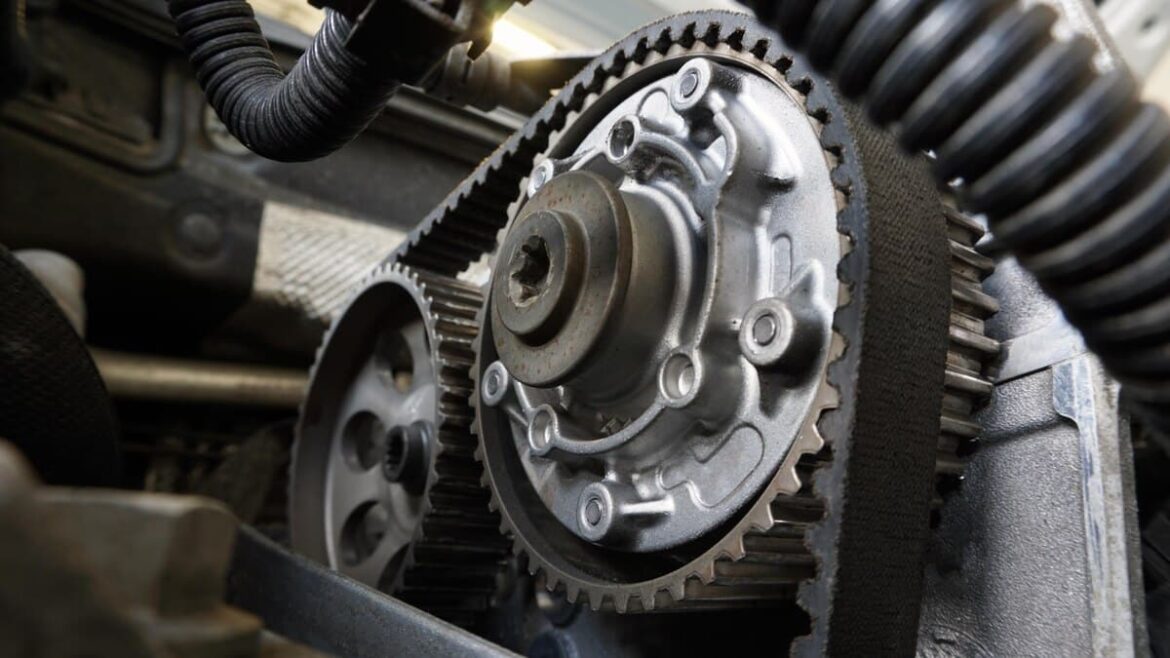468
When the camshaft phaser malfunctions and fails to perform its service, it is hard to ignore because the symptoms are quite obvious.
Typical symptoms of a defective camshaft phaser
A faulty camphaser can severely affect engine operation and should be taken seriously, as the symptoms are often easily recognizable, but differ depending on the severity of the defect.
- Irregular engine operation: The engine may run roughly at idle speed and vibrate irregularly. This is a common sign, as the camshaft phasing unit is responsible for controlling the timing of the valves. If the valves are not controlled correctly, engine performance will suffer.
- Jerky acceleration: A defective camshaft phasing unit affects the torque, which can lead to noticeable jerking, especially at low speeds or when starting up. The engine’s response is then delayed and less dynamic.
- Warning light in the cockpit: In modern vehicles, the defect is often signaled by the engine control light. This is activated when the control unit detects irregularities in the camshaft phaser.
Immediate measures and long-term solutions
If you suspect a defective camshaft phaser, you should take the following steps:
- Read the fault memory: Have the vehicle’s fault memory read to identify specific fault codes. This will help to diagnose the problem accurately.
- Change the oil: Contaminated or old engine oil can impair the function of the camshaft phaser. Changing the oil can help.
- Professional diagnosis: A specialist workshop can use special diagnostic equipment to check the condition of the camshaft phaser and recommend further action.
- Replacing the cam phaser: If the damage is irreparable, the cam phaser must be replaced. The costs vary depending on the vehicle type and are between 700 and 1,000 euros.
